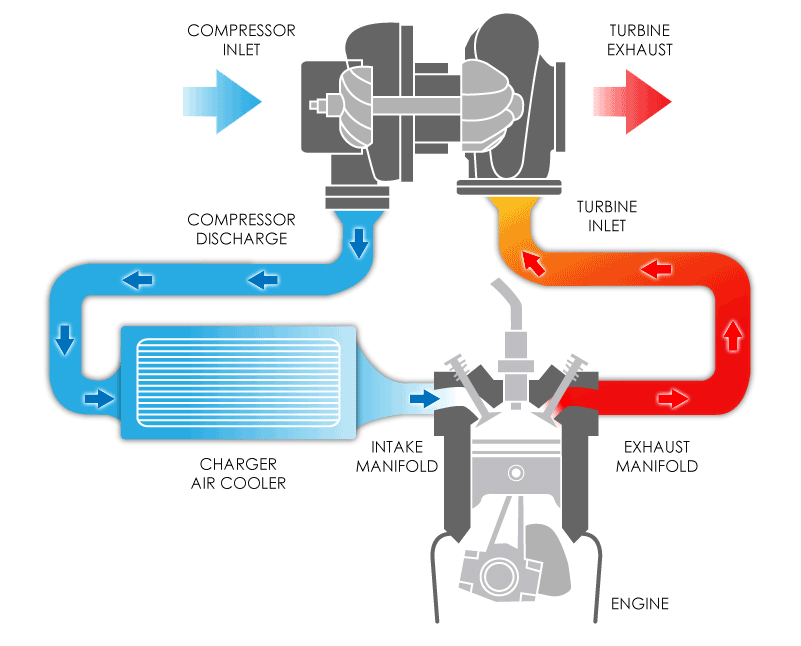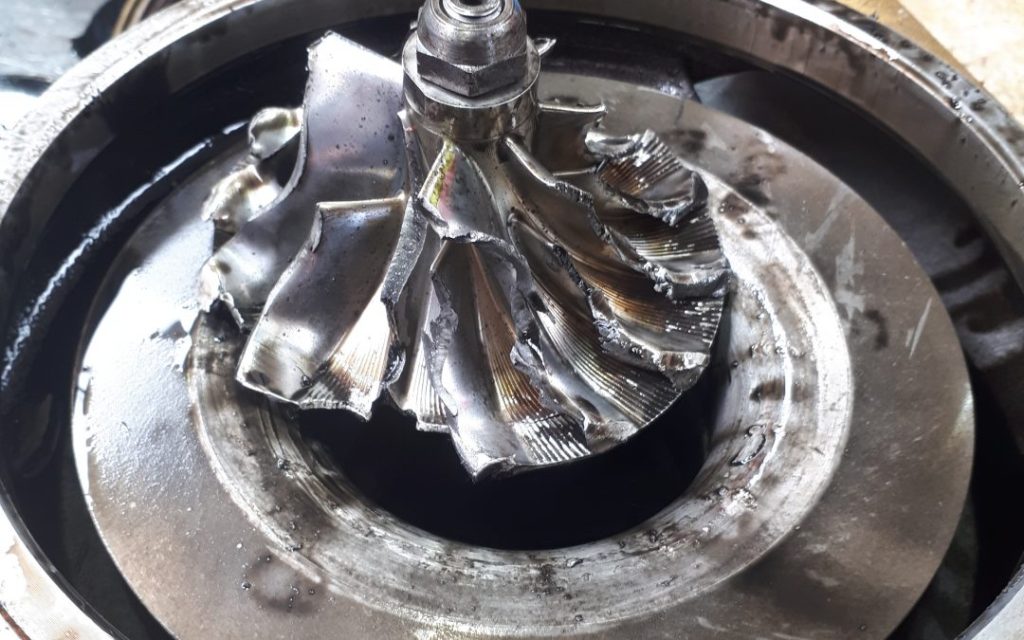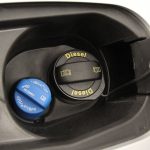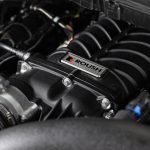A turbocharger is a device fitted to a vehicle’s engine that is designed to improve overall efficiency and increase performance. This is the reason why many auto manufacturers are choosing to turbocharge their vehicles. The new Mercedes C63s 2023 is offered with turbocharged engines and as time goes on, more and more vehicles will be fitted with them.
How does it work?

A turbo is made up of two halves joined together by a shaft. On one side, hot exhaust gasses spin the turbine that is connected to another turbine which sucks air in and compresses it into the engine. This compression is what gives the engine extra power and efficiency because as more air can go in the combustion chamber, more fuel can be added for more power.
Advantages
In addition to the extra power, turbochargers are sometimes referred to as devices that offer “free power” because, unlike a supercharger, it does not require the engine’s power to drive it. The hot and expanding gasses coming out of the engine are what power a turbocharger so there is no drain of the engine’s net power. Turbocharged engines are also not affected in the same way as naturally aspirated engines are when they go at higher altitudes. The higher in altitude a naturally aspirated engine climbs, the harder it becomes for it to get oxygen due to the thinning atmosphere. A turbocharger gets around this problem because it forces the oxygen into the engine’s combustion chamber, sometimes at 2 times the pressure of the atmosphere.
Turbochargers also improve the fuel efficiency of a vehicle however there is a misconception when it comes to turbocharged vehicles and fuel efficiency. Taking a naturally aspirated engine and slapping a turbocharger on it will not improve fuel efficiency. The way that manufacturers improve fuel efficiency through turbocharging is by down-sizing an engine and then turbocharging it. For example, take a 2.5L inline-4 cylinder naturally aspirated engine and decrease the displacement to 1.4L, and then turbocharger it. The smaller, turbocharged engine would still have the same performance figures (or slightly better) but because of the smaller displacement, it would also use less fuel.
Disadvantages
Turbochargers have 2 main disadvantages when compared to a naturally aspirated or supercharged engine. Firstly is heated. Because a turbo is powered by hot exhaust gasses, it gets very hot. Sometimes under certain engine conditions, the turbocharger itself could start glowing red but of course this doesn’t happen in everyday driving conditions; it happens when the engine is pushed to its limits for a continuous amount of time. This is why you see some turbocharged sports cars with vents in the hood or down the side, it’s to try to get air moving through the engine bay and keep things cool.
The other big disadvantage of a turbocharger is something called turbo lag. Under certain conditions, whenever you put your foot down on the throttle, there is a delay between the time you demand power from the engine and the moment you actually start to feel it. That is turbo lag. When the engine’s speed is low, there isn’t a lot of exhaust gasses passing through the turbocharger so when you do demand power from the engine, the turbocharger turbine needs time to start spinning at an optimal speed. The effects of this can be reduced by downshifting to a lower gear but keen drivers can still sometimes notice the split delay in response.
So the next time you’re in a GM showroom, don’t overlook the turbocharged vehicles. They offer the same or more power as V6 or sometimes even V8 counterparts and they usually have better fuel economy due to the smaller displacement engine and less weight.

If you want to know about Supercharger Click Here









